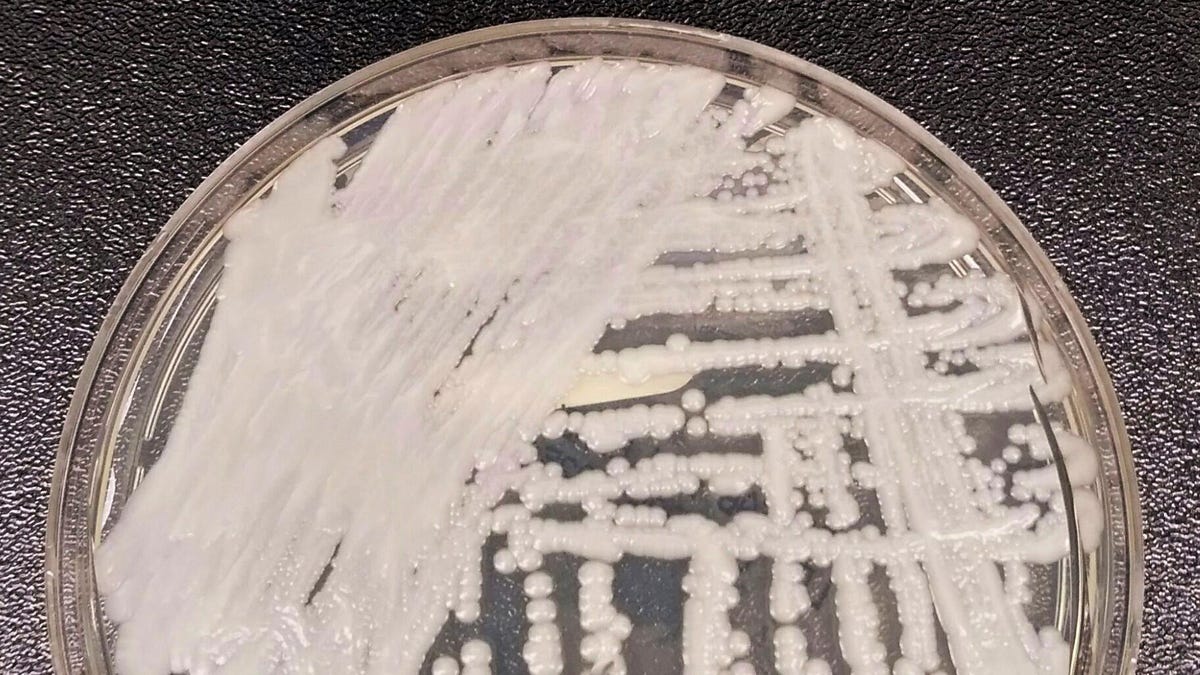
HBO’s post-apocalyptic show about society destroyed by a devastating fungal pandemic, The Last of Us, is fiction. However, lethal fungi that can infect humans are very much a reality, and one of the biggest threats today is Candida auris.
- Off
- English
The dangerous and difficult-t0-fight fungal infection, often deadly for the immunocompromised, is tearing through U.S. hospitals and other healthcare facilities at an “alarming rate,” according to a Centers for Disease Control news statement published Monday. The fungus, a yeast called Candida auris (C. auris), was first detected in the U.S. in 2016 in four states. In subsequent years, it’s been found in healthcare settings in at least 28 states, and cases have risen sharply, per CDC data.
Between 2019 and the end of 2021, the number of clinical C. auris infections detected more than tripled, from just 476 to 1,471. The number of asymptomatic detections, wherein someone may be carrying the fungus externally, also tripled over the same time period, from 1,077 in 2019 to 4,040 in 2021. The data comes from a new report by CDC researchers, published in the journal Annals of Internal Medicine.
Advertisement
Additional, preliminary data suggests that C. auris cases rose even more in 2022. The CDC reported 2,377 clinical infections between January and December of last year. In the same time period, there were also 5,754 asymptomatic screening cases.
C. auris generally isn’t a threat to healthy people, according to the CDC. The yeast usually doesn’t cause clinical symptoms in humans with intact immune systems who can readily fight off infection. Instead, the pathogen infects the already ill, the immunocompromised, or those with medical devices like catheters or ports implanted. For these vulnerable populations, avoiding the fungus, which can cause blood, heart, and brain infections, is often a matter of life and death.
Advertisement
In an ongoing outbreak of the fungus in Mississippi, at least 12 have been infected and four have died “potentially associated deaths,” per Mississippi Today.
Overall, somewhere between 30% and 60% of patients who contract C. auris end up dying with the infection—though determining exact cause of death is difficult, since most who die have other, systemic health problems. Compounding the fungus’ threat is its resistance to multiple antifungal medications. The main drugs for the treating C. auris infections, echinocandins, seem to be getting less and less effective over time. The number of cases resistant to the medicine tripled along with total infections in 2021, compared with the two previous years, per the Tuesday report.
Advertisement
“The rapid rise and geographic spread of cases is concerning,” said Meghan Lyman, a CDC epidemiologist and lead researcher on the new report, in an agency press release. In response, Lyman said, health agencies need to keep better tabs on the fungus, increase their lab capacity, and focus more on infection prevention.
Yet all of those recommendations are easier suggested than done. The yeast can survive easily outside of the human body and so can be very hard to eradicate from the local environment. Many disinfectants are ineffective against C. auris. In a 2021 study, researchers identified a possible wild source for the fungal pathogen—indicating that people could keep being infected, even outside of hospitals. Further, C. auris doesn’t easily show up on conventional tests, instead requiring specialized screenings which can make diagnosing infections expensive and slow.
Advertisement
The first report of a C. auris human infection came from Japan in 2009. Since then, the pathogen has spread worldwide to more than 30 countries, and retrospective DNA sequencing has shown the earliest human cases actually emerged in the 1990’s.
In another similarity to HBO’s The Last of Us, the fungus’ rise may be due, in part, to our warming world. As in the show, research suggests climate change is increasing the risk that fungi pose to people.
Advertisement
Most fungi, C. auris included, haven’t historically been able to thrive in places as warm as the human body. Yet hotter ecosystems appear to be selecting for more heat-tolerant fungi. At least one 2019 study suggests this may be what happened with C. auris, enabling enabled the yeast to begin infecting people. The 2021 study identifying the fungus in the wild lends additional credence to the climate change hypothesis, as C. auris strains found in different environments had different thermal tolerances.
Covid-19, too, may have made things worse by adding strain on healthcare facilities and workers.
Advertisement
Nonetheless, we haven’t quite entered the world of science fiction with C. auris. The pathogen can cause deadly infections, but “it does not cause people to turn into zombies,” Lyman told the Washington Post. And better treatments against fungal infections may soon be available. “There are a few antifungals in the pipeline, so that gives us some hope,” the epidemiologist further said to WaPo.
Though the CDC classifies C. auris as an “urgent threat,” the agency has said that efforts are underway to bolster monitoring and other controls for the fungus. Already, the number of regional labs set up to process C. auris tests has grown from seven to more than 26 nationwide over just a few years.
Services Marketplace – Listings, Bookings & Reviews